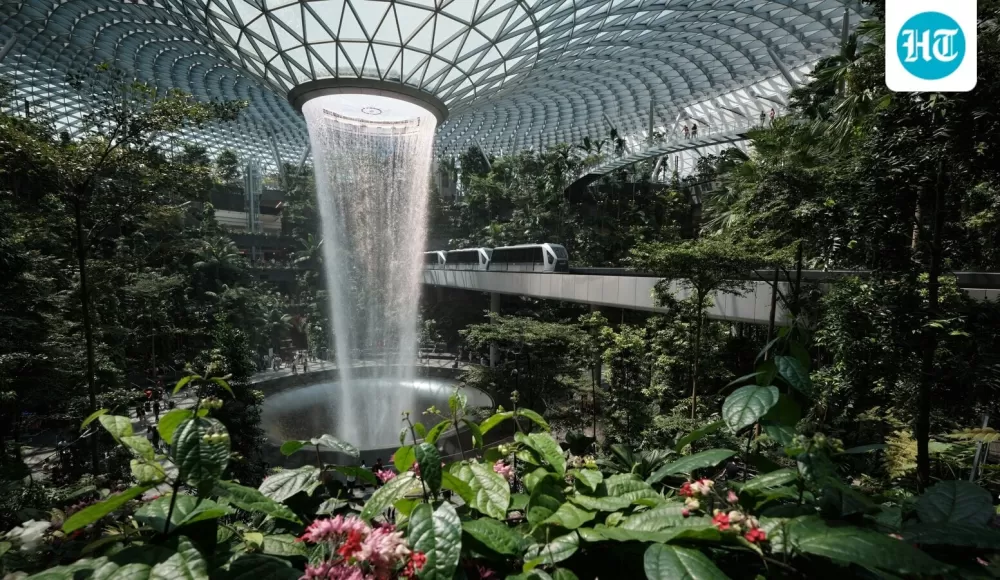China's Solar Transformation: A Global Ripple and India's Green Opportunity
Share- Nishadil
- October 09, 2025
- 0 Comments
- 3 minutes read
- 32 Views

China's Solar Policy Shift: Short-Term Pain, Long-Term Gain for India's Renewable Ambitions
China's shift away from solar subsidies will initially raise global costs but provides a pivotal opportunity for India to foster its domestic solar manufacturing and secure energy independence.
For years, China has been the undisputed titan of the global solar energy landscape, its generous subsidies fueling an unprecedented boom in manufacturing and deployment that dramatically drove down costs worldwide. This dominance, while beneficial for accelerating global renewable adoption, also created an ecosystem of dependency.
Now, a significant policy shift by Beijing is sending ripples across the planet, marking an end to an era of massive utility-scale solar subsidies. This pivot, while potentially leading to short-term cost increases, presents a strategic, long-term opportunity for nations like India to redefine their renewable energy future.
The essence of China's new policy lies in a strategic reorientation: moving away from hefty financial incentives for large-scale solar farms towards fostering grid parity, promoting quality over quantity, and encouraging a more market-driven development.
This isn't merely an economic adjustment; it's a recalibration aimed at addressing domestic overcapacity issues, improving the long-term sustainability of its own solar industry, and channeling growth towards distributed generation and advanced technologies. While this move signifies maturity in China’s solar sector, its immediate global impact will likely be an upward pressure on solar equipment prices, given China's role as the primary supplier of photovoltaic (PV) modules and components.
For India, a nation aggressively pursuing its renewable energy targets and heavily reliant on Chinese imports for solar equipment, the initial outlook might appear challenging.
Higher import costs could potentially inflate project expenses, slow down installation rates, and make it tougher to meet ambitious timelines for green energy expansion. India's solar sector has thrived on the back of competitively priced Chinese modules, and any significant price surge will necessitate a strategic re-evaluation of procurement and project financing models.
However, beneath this immediate challenge lies a profound long-term opportunity—a chance for India to truly realize its vision of 'Atmanirbhar Bharat' (self-reliant India) in the renewable energy sector.
For too long, India's domestic solar manufacturing capabilities have struggled to compete with the sheer scale and subsidized efficiency of Chinese producers. This policy shift by China effectively levels the playing field, making indigenous manufacturing more viable and economically attractive.
This is the moment for India to accelerate its 'Make in India' initiatives, not just in assembly, but across the entire solar value chain—from polysilicon to cells, modules, and balance-of-system components.
By investing heavily in R&D, facilitating technology transfer, providing smart incentives for domestic producers, and creating a robust supply chain, India can reduce its vulnerability to global supply shocks and geopolitical influences. This self-reliance would not only bolster its energy security but also create thousands of jobs, foster technological innovation, and establish India as a global manufacturing hub for renewable energy.
The transition won't be without its hurdles.
It demands sustained policy support, significant capital investment in advanced manufacturing facilities, skilled labor development, and a conducive regulatory environment. India must learn from China's journey, focusing on economies of scale, quality control, and innovation. The short-term pain of potentially higher costs must be viewed as an investment in a resilient, independent, and sustainable energy future.
By seizing this moment, India can transform from a major importer to a significant exporter, securing its green energy ambitions and asserting its leadership on the global stage. China's shift isn't just a policy change; it's an invitation for India to step up and reshape its destiny in the global renewable energy landscape.
.Disclaimer: This article was generated in part using artificial intelligence and may contain errors or omissions. The content is provided for informational purposes only and does not constitute professional advice. We makes no representations or warranties regarding its accuracy, completeness, or reliability. Readers are advised to verify the information independently before relying on







